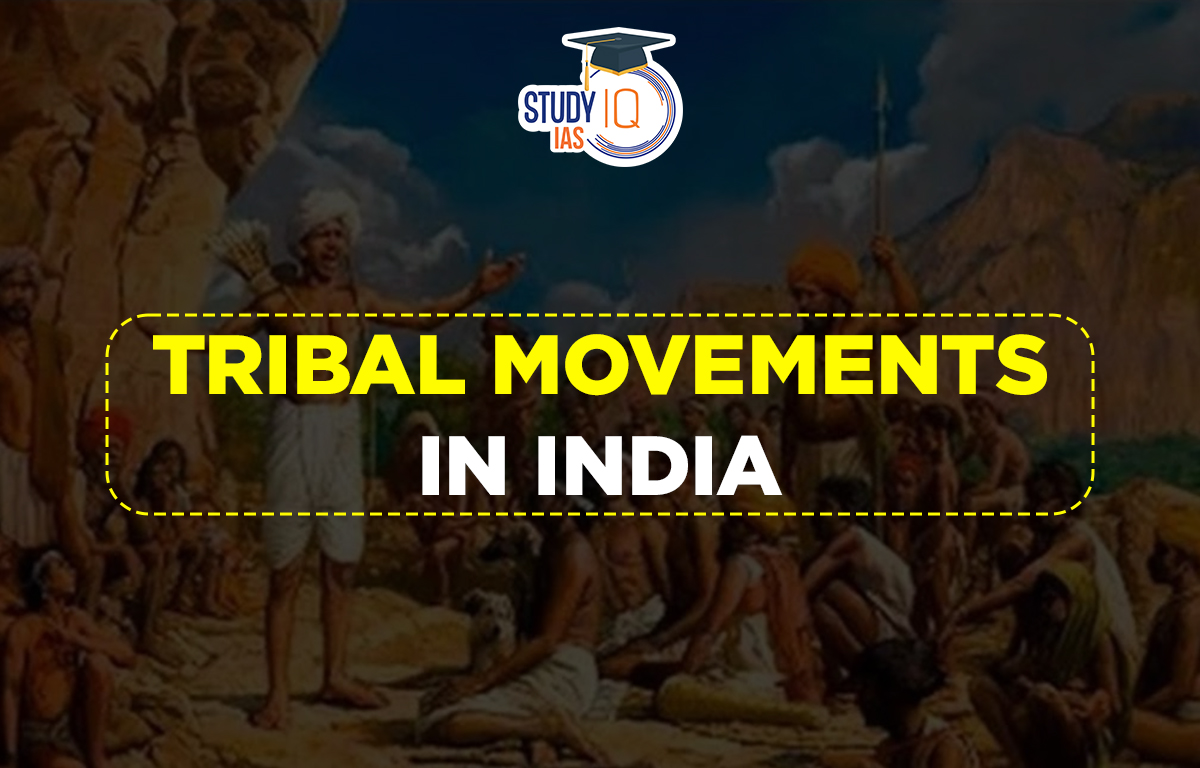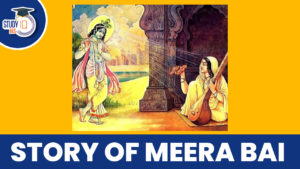Table of Contents
Tribal Movements in India
In the 18th and 19th centuries, India was ruled by the British, and during that time, tribal movements were renowned to be the most pervasive, violent, and terrifying. Tribal uprisings in India can be divided into two categories: those that occur on the country’s main land and those that occur near its borders, mostly in the northeast.
Tribal people had long coexisted harmoniously with nature before the British started to occupy their country. Candidates must study our subject matter experts’ comprehensive post on Tribal Movements in India to get ready for the Modern History portion for UPSC Exam.
Read More: Temple Entry Movement
Tribal Movements in India Causes
Hunting, fishing, and gathering were the primary pursuits of Tribal households. Tribal lands were lost as a result of the concept of settled agriculture being introduced by the inflow of non-tribal people. Tribal peoples reduced to little more than landless agricultural labourers. The introduction of moneylenders was intended to benefit the local population, but it actually made Tribals’ circumstances worse.
The tribal population’s Joint Ownership structure was replaced with Private Ownership. Use of forest products, relocating agriculture, and hunting methods were all subject to restrictions. In contrast to mainstream culture, which was characterized by caste and class inequalities, tribal civilization has historically been egalitarian. They assigned the lower ranks to the tribal people as non-tribals entered their areas, which made their situation even worse.
In order to manage the abundant riches of Indian woods, the government established a Forest Department in 1864. Governmental monopoly over the wooded land was established by the Government Forest Act of 1865 and the Indian Forest Act of 1878. Moreover, Christian missionaries arrived and began converting the native people to Christianity.
Read More: Deoband Movement
Tribal Movements in India Types
The seven northeastern frontier states of Nagaland, Arunachal Pradesh, Meghalaya, Assam, Manipur, Mizoram, and Tripura are home to the so-called “Frontier Tribes.”
Non-Frontier Tribes make up 89% of all tribes. The non-frontier tribes in Andhra Pradesh, Central India, and West-Central India are primarily where you can find them. The Bhil, Koya, Gond, Kol, and Khond tribes were a few of the tribes that took part in the tribal movements. These tribes’ revolutions were quite violent and involved multiple significant upheavals.
Read about: Mangrove Forests in India
Tribal Movements in India Phases
The following three phases are used to categories Tribal Movements in India:
| Phase | Timeline | Description |
| 1st Phase | 1795 to 1860 | The most significant tribal uprisings at this time were the Kol Revolt, Khond Rebellion, Santhal Uprising, and Early Munda Uprising. |
| 2nd Phase | 1860 to 1920 | It includes both the Koya Rebellion and the Munda Rebellion commanded by Birsamunda. |
| 3rd Phase | 1920 to 1947 | It encompasses the Rampa Revolt, the Tanabhagat/Oraon Movement, and the Chenchu Tribal Movement. |
Read More: Ahmadiyya Movement
Tribal Movements in India List
| Tribal Uprising | Year | Features |
| Chuar Uprising | 1766 | A group formed by the native tribesmen of Midnapore to protest the need for land income and the associated suffering. |
| Pahariyas’ Rebellion | 1778 | The Pahariyas of Raj Mahal Hills were headed by Raja Jagganath in their fight to British encroachment on their land. |
| Bhil Uprising | 1818 – 1831 and 1913 | In the Western Ghats, Bhil Raj was founded as a means of defiance against Company rule. To support Bhil Raj, Govind Guru recreated the group in 1913. |
| Ho and Munda Uprisings | 1820 – 1837 | The new farming revenue programme is resisted by Ho tribals in the Singhbhum and Chottanagpur region led by Raja Parahat. This ultimately resulted in the Munda uprising. |
| Ramosi Uprising | 1822 – 1829 | In opposition to British dominance over the region, it was established by the Ramosi clan of the western ghats, led by Chittur Singh. |
| Koli Uprising | 1829 | The tribal populations of Gujrat and Maharashtra revolted against the Company’s control in 1829, 1839, and 1844–1848. |
| Kol Rebellion | 1832 | The Chottanagpur tribes rebelled under Buddho Bagat against the British and moneylenders. |
| Khond Rebellion | 1837 – 1856 | From Bengal to Tamil Nadu, Chakra Bisoi led a revolt of hill tribes against the encroachment of outsiders and the imposition of new taxes. |
| Santhal Rebellion | 1855 – 1856 | Sido and Kanhu-led tribal organisations in Bihar against zamindars and moneylenders. |
| Bhuyan and Juang Rebellions | 1867 | Tribes in Keonjhar, Orissa, mounted two uprisings in 1867 and 1891. |
| Naikada Movement | 1868 | Madhya Pradesh and Gujarati tribes fought caste Hindus and the British to establish Dharma Raj. |
| Kharwar Rebellion | 1870 | Tribal organizations in Bihar were opposed to measures involving revenue settlement. |
| Ahom’s Revolt | 1828 – 1833 | Opposition to the British government’s failed promise to leave Assam following the Burmese war. |
| Khasis’ Revolt | 1830 | In the Jaintia and Garo hills, Tirath Singh oversaw a revolt against foreign occupation. |
| Singphos’ Rebellion | 1830 | It was started in Assam against the British control of their region. |
| Koya Uprising | 1879 – 1880 | The tribes of the eastern Godavari region, led by Tomma Sora and Raja Annantyar, overthrew the police and moneylenders. |
| Munda Rebellion | 1899 – 1900 | The native tribes of Chotanagpur rose up in rebellion against the “Dikus” under the direction of Birsa Munda.” |
Read More: Aligarh Movement
Tribal Movements in India UPSC
Given that the Tribal Movements in India UPSC topic is a significant event in Indian history, it is possible that a question may be asked about it. To make your exam preparation easier, our subject matter expert has put together the most useful notes on this topic. Read all about Tribal Movements in India for UPSC Exam Preparations.
Read More: Wahabi Movement


 Story of Meera Bai and Her Devotion For ...
Story of Meera Bai and Her Devotion For ...
 Desert Climate, Distribution, Climatic C...
Desert Climate, Distribution, Climatic C...
 Deserts of India Map, Features of Thar D...
Deserts of India Map, Features of Thar D...





















